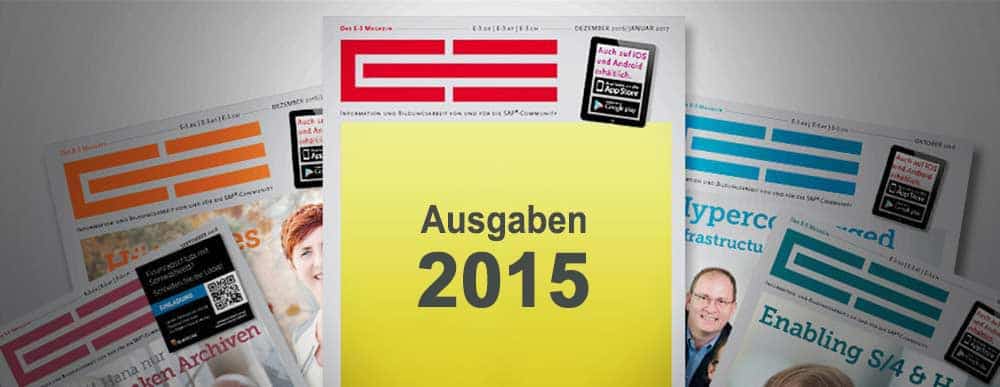Information Lifecycle Management in the Era of SAP S/4 Hana


In his keynote speech at the start of this year's PBS Information Day, Prof. Detlev Steinbinder took the temporary uncertainty about S/4 as an opportunity to ask the question:
"Is traditional information lifecycle management still viable in the age of SAP S/4 Hana?"
Of course, as quickly became clear in the course of the event after presentations by PBS, but also guest speakers such as SAP and IBM, this was to be understood as a rhetorical question.
"Of course we take our customers' fears seriously"
says Managing Director Günther Reichling,
"and we can assure you that the PBS Archive add-ons are constantly being further developed and will also remain functional under SAP S/4 Hana."
The Hana-specific transaction optimizations have also been adapted for the PBS Archive add-ons. PBS does not believe that they could survive and become superfluous, as is sometimes assumed in a "Hana euphoria", because where Big Data rules, only "Big Archive" will help in the long term for stringent data management and to reduce costs.
And PBS Software has been an expert in this field for almost 25 years now, with a huge customer base for a relatively small medium-sized company, consisting of well-known and globally active companies and large corporations.
The analysts (not only) at Gartner seem to see it the same way. For the second year in a row, they have included PBS in the "Magic Quadrant", and this time the positioning is even more positive than in the previous year. PBS Software has now risen from the top of the niche providers to become a "Challenger".
Nearline storage accelerates ERP systems
The idea that access to archived data is fundamentally slow is long outdated. Since the use of column-oriented analytics servers as a nearline database, this access is very fast, meaning that ad hoc analyses of archived and/or external data can be carried out directly in the SAP ERP system.
To this end, illustrative application scenarios were presented and live demos were shown after PBS Software Architect Ralf Kissel had explained the functionality of a high-speed analysis using automated data replication, which is completely independent of the use of PBS Archive Add-ons and can also serve as the basis for a migration.
To date, nearline storage solutions have been used far more frequently in NetWeaver BW systems than in ERP. The wealth of experience here is correspondingly large, which is reflected in ever new, user-friendly tools and new features such as the "data aging process".
These were presented by PBS developer Stefan Weikum. Stefan Hummel from IBM then spoke about the advantages of DB2 BLU as a nearline database for the PBS solution and how it can be used to optimize the operation of existing SAP landscapes while reducing costs.
The cloud hype has also left its mark on PBS. It makes sense to outsource archived data to the "cloud" of a popular provider such as Google, Amazon or Microsoft.
Instead of using ContentLink to store SAP data in conventional storage systems from leading manufacturers, this also works in the cloud. This business model seems particularly suitable for young start-ups, as the solution is highly scalable and adapts to growing or unpredictable requirements.
Investment costs are exchanged for operating costs. Such a cloud scenario with PBS ContentLink can be tested free of charge. Next year, PBS will celebrate its 25th anniversary on June 28.





